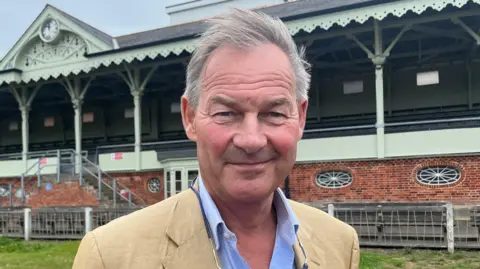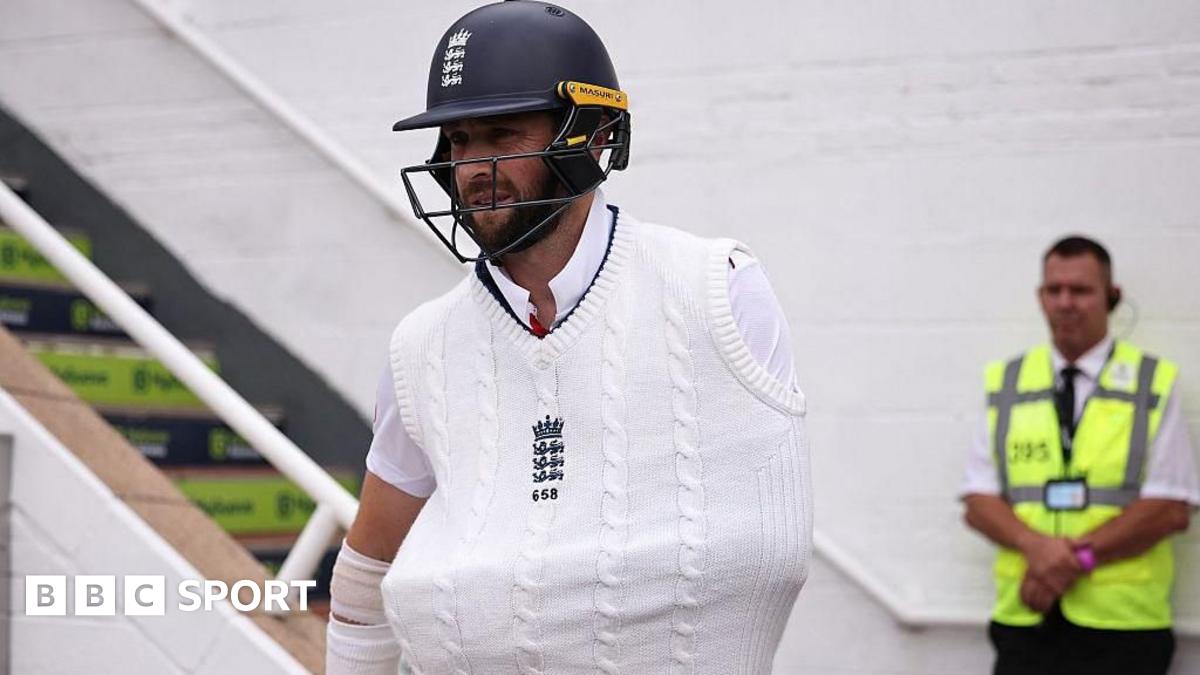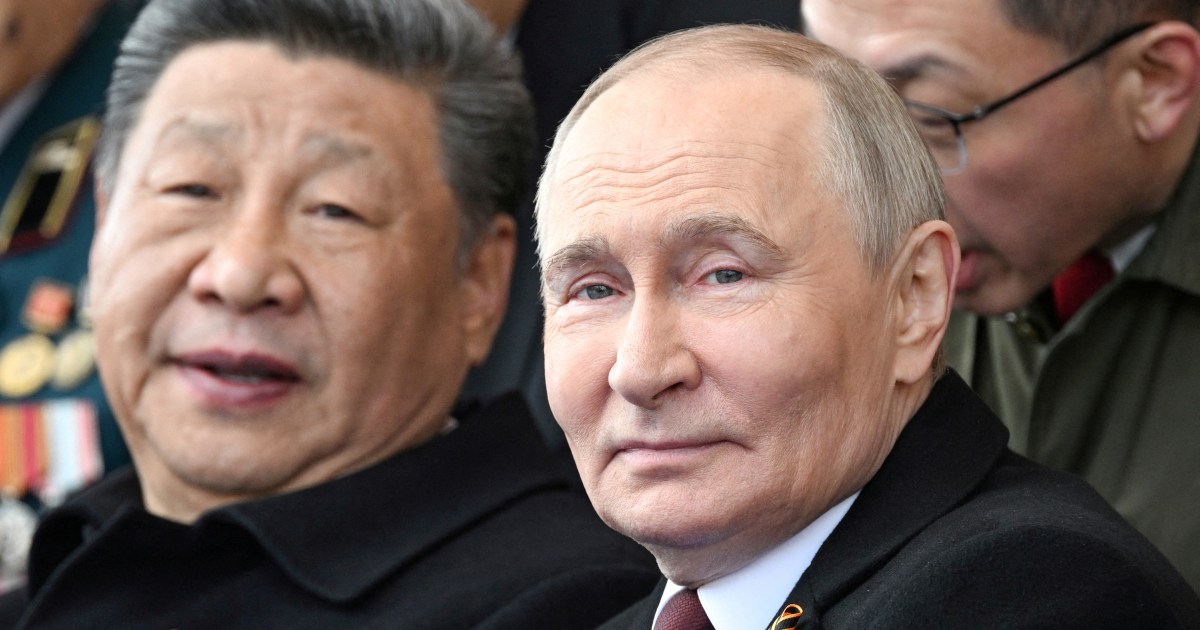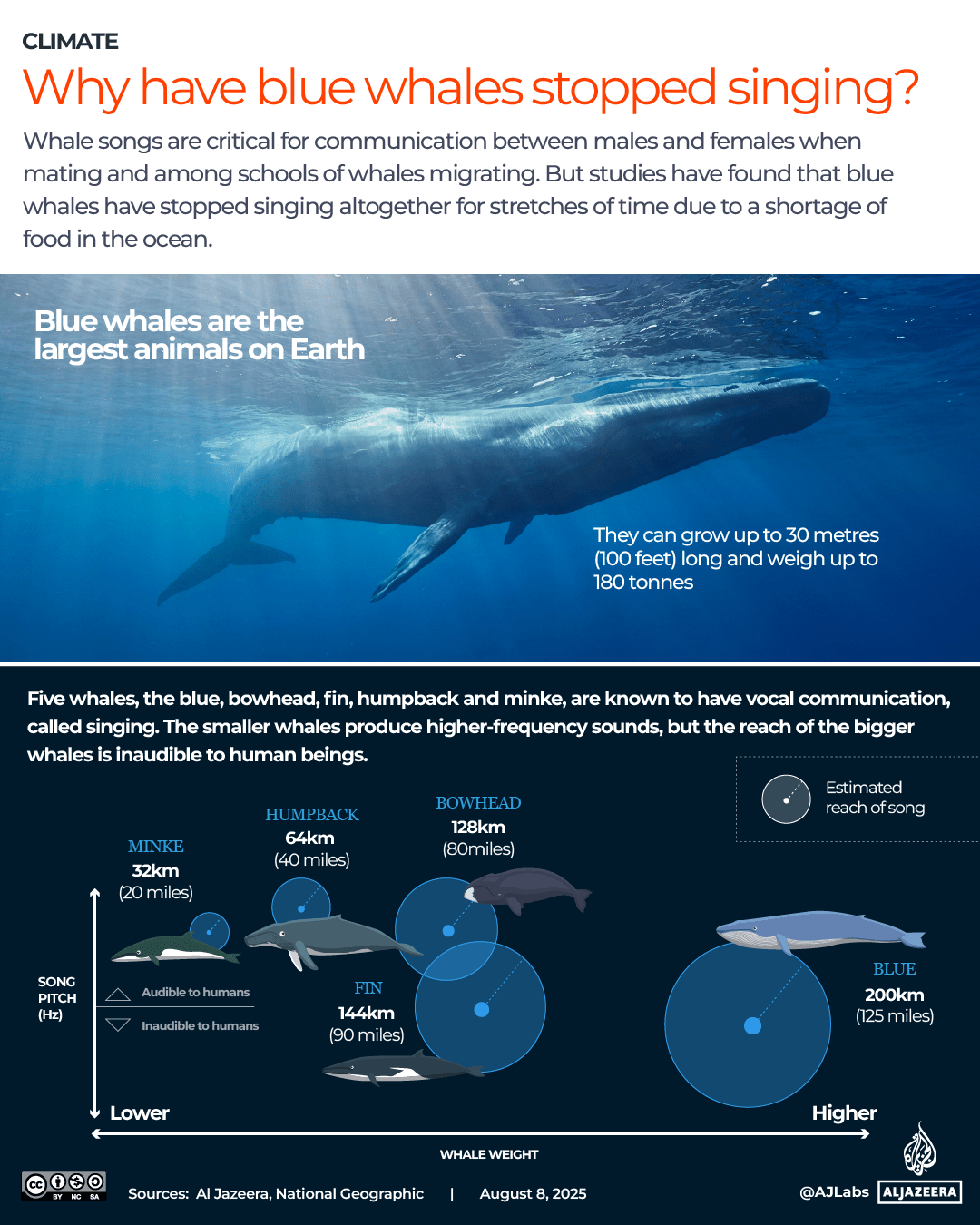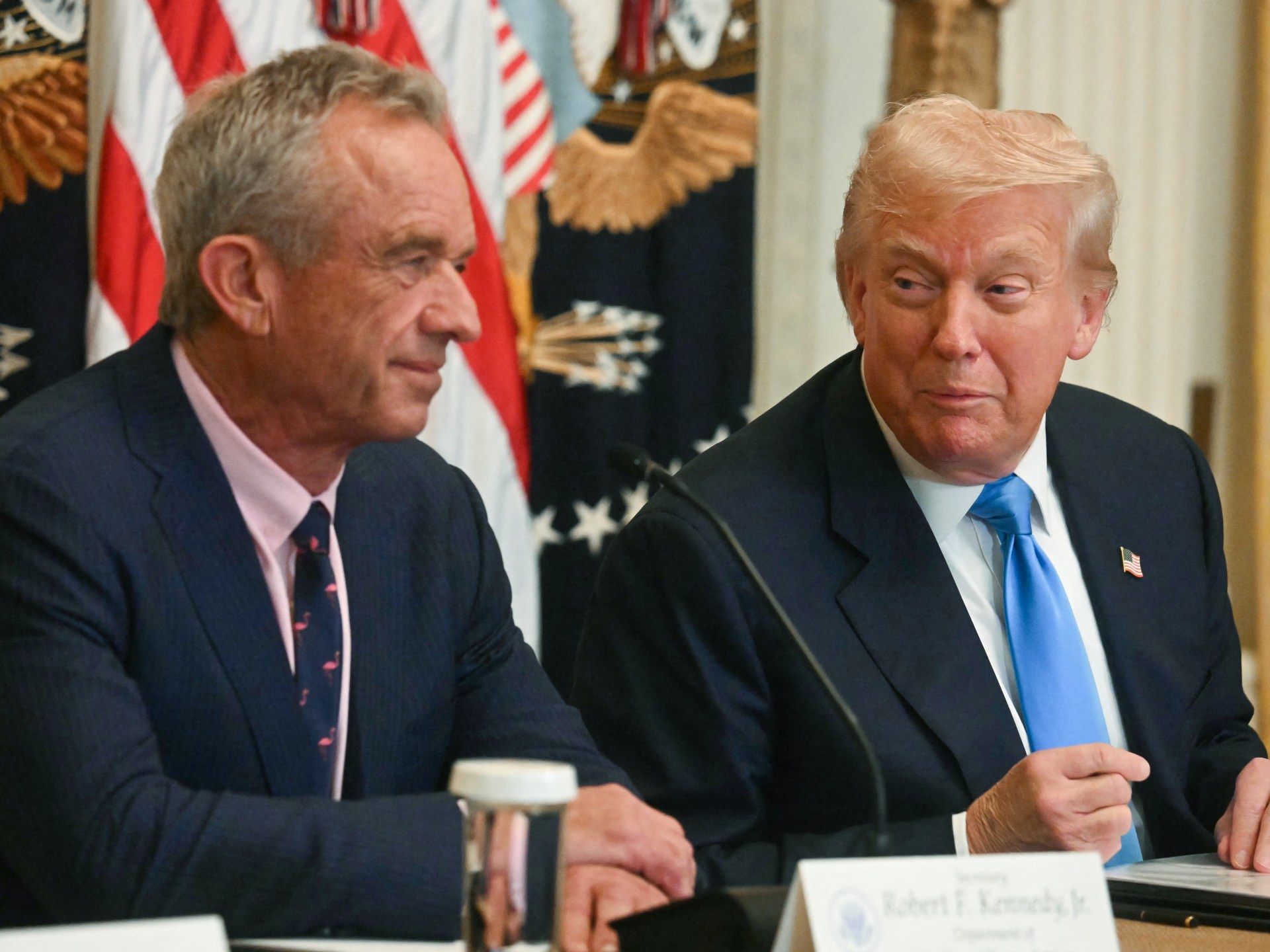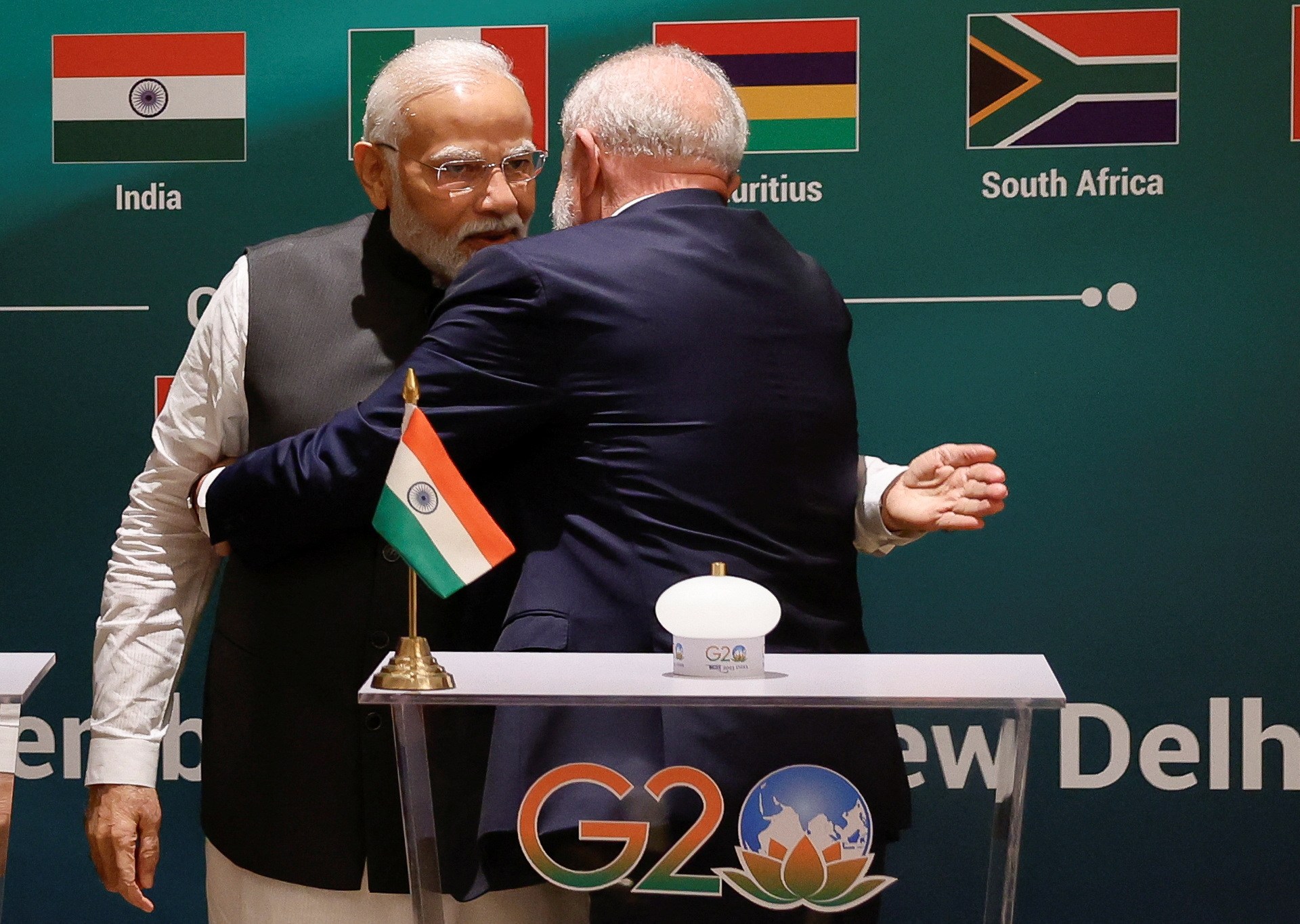‘Islamophobic’: Spanish town’s ban on religious gatherings sparks criticism | Islamophobia News
The ban, originally proposed by far-right Vox party, affects Muslims celebrating religious holidays in sports centres in Jumilla.
A ban imposed by a southeastern Spanish town on religious gatherings in public sports centres, which will mainly affect members of the local Muslim community, has sparked criticism from the left-wing government and a United Nations official.
Spain’s Migration Minister Elma Saiz said on Friday that the ban, approved by the conservative local government of Jumilla last week, was “shameful”, urging local leaders to “take a step back” and apologise to residents.
The ban, approved by the mayor’s centre-right Popular Party, would be enacted in sports centres used by local Muslims in recent years to celebrate religious holidays like Eid al-Fitr and Eid al-Adha.
It was originally proposed by the far-right Vox party, with amendments passed before approval. Earlier this week, Vox’s branch in the Murcia region celebrated the measure, saying on X that “Spain is and always will be a land of Christian roots!”
The town’s mayor, Seve Gonzalez, told Spain’s El Pais newspaper that the measure did not single out any one group and that her government wanted to “promote cultural campaigns that defend our identity”.
But Mohamed El Ghaidouni, secretary of the Union of Islamic Communities of Spain, said it amounted to “institutionalised Islamophobia”, taking issue with the local government’s assertion that the Muslim festivals celebrated in the centres were “foreign to the town’s identity”.
The ban, he said, “clashes with the institutions of the Spanish state” that protect religious freedom.
Saiz told Spain’s Antena 3 broadcaster that policies like the ban in Jumilla harm “citizens who have been living for decades in our towns, in our cities, in our country, contributing and perfectly integrated without any problems of coexistence”.
Separately, Miguel Moratinos, the UN special envoy to combat Islamophobia, said he was “shocked” by the City Council of Jumilla’s decision and expressed “deep concern about the rise in xenophobic rhetoric and Islamophobic sentiments in some regions in Spain”.
I am shocked by the decision of the City Council of Jumilla to ban religious rituals and/or celebrations in municipal facilities in the municipality of Jumilla, region of Murcia, Spain.
🔗 Full Statement ⬇️https://t.co/WHADpxgITo pic.twitter.com/Rd92XMdpVF
— Miguel Ángel Moratinos (@MiguelMoratinos) August 8, 2025
“The decision undermines the right to freedom of thought, conscience, and religion” as enshrined in the Universal Declaration of Human Rights, he said in a statement on Friday.
“Policies that single out or disproportionately affect one community pose a threat to social cohesion and erode the principle of living together in peace,” he added.
Far-right clashes with locals
For centuries, Spain was ruled by Muslims, whose influence is present both in the Spanish language and in many of the country’s most celebrated landmarks, including Granada’s famed Moorish Alhambra Palace.
Islamic rule ended in 1492 when the last Arab kingdom in Spain fell to the Catholics.
The ban stipulates that municipal sports facilities can only be used for athletic activities or events organised by local authorities. Under no circumstance, it said, can the centre be used for “cultural, social or religious activities foreign to the City Council”.
Its introduction follows clashes between far-right groups and residents and migrants that erupted last month in the southern Murcia region after an elderly resident in the town of Torre-Pacheco was beaten up by assailants believed to be of Moroccan origin.
Right-wing governments elsewhere in Europe have passed measures similar to the ban in Jumilla, striking at the heart of ongoing debates across the continent about nationalism and religious and cultural pluralism.
Last year in Monfalcone, a large industrial port city in northeastern Italy with a significant Bangladeshi immigrant population, far-right mayor Anna Maria Cisint banned prayers in a cultural centre.
The move led to protests involving some 8,000 people, and the city’s Muslim community is appealing it in a regional court.







